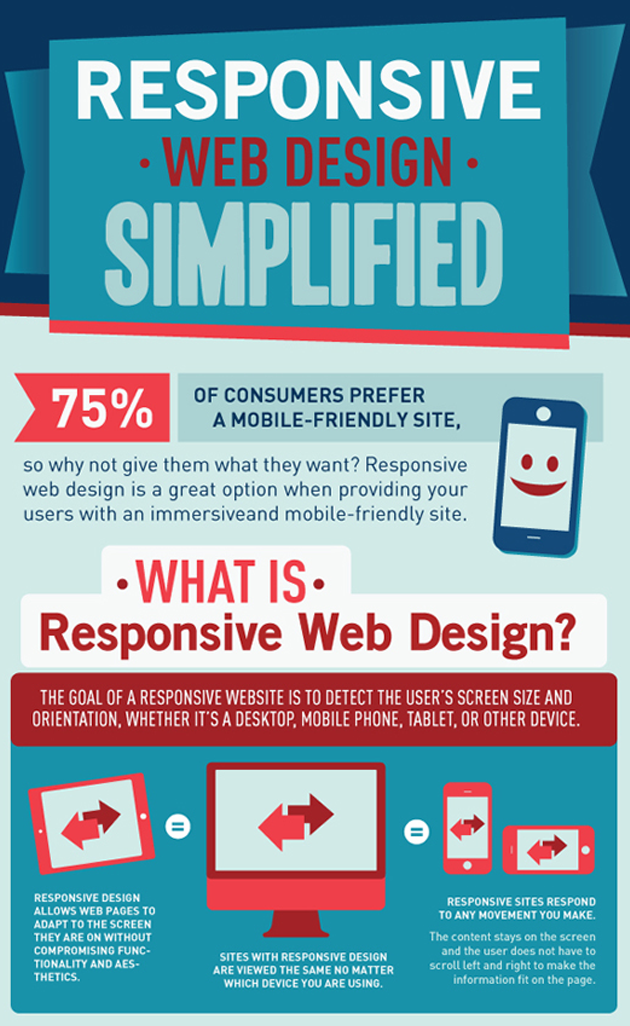The Evolution Of Site Design: From Past To Existing
The Evolution Of Site Design: From Past To Existing
Blog Article
Created By-Jonasson Cantu
In the past, internet sites were straightforward and focused on info. improve my seo was straight, and style was for desktops. Currently, user experience is essential. Data overviews styles for very easy navigating. Receptive formats suit different gadgets. Today, dark mode minimizes stress, and minimalist food selections enhance navigating. Interactive features involve individuals, and strong visuals stand apart. AI assimilation improves interaction. See just how design has actually advanced to improve your on-line journey.
Early Days of Web Design
In the very early days of website design, simplicity preponderated. Web sites were fundamental, with minimal colors, font styles, and layouts. The focus was on giving info as opposed to flashy visuals. Users accessed the web through sluggish dial-up links, so speed and capability were key.
Navigating menus were straightforward, normally located at the top or side of the page. Sites were designed for computer, as mobile surfing had not been yet widespread. Material was king, and designers prioritized easy readability over intricate layout components.
HTML was the key coding language used, and developers needed to work within its restraints. Computer animations and interactive attributes were minimal contrasted to today's requirements. Websites were static, with little vibrant material or tailored user experiences.
Rise of User-Focused Style
With the development of site design, a change in the direction of user-focused layout concepts has actually become progressively popular. Today, producing websites that prioritize user experience is critical for engaging visitors and attaining business objectives. User-focused style involves understanding the demands, choices, and behaviors of your target audience to tailor the site's format, web content, and features appropriately.
Developers currently conduct detailed study, such as customer studies and functionality screening, to collect insights and responses directly from individuals. This data-driven method assists in developing user-friendly navigation, clear calls-to-action, and aesthetically appealing user interfaces that reverberate with visitors. By placing the user at the facility of the style procedure, sites can supply an extra tailored and enjoyable experience.
Receptive style has actually also become a vital facet of user-focused design, ensuring that internet sites are enhanced for numerous gadgets and screen sizes. This flexibility enhances access and functionality, accommodating the diverse ways individuals interact with websites today. Basically, the increase of user-focused layout represents a change towards creating digital experiences that focus on the demands and assumptions of completion individual.
Modern Trends in Web Design
Discover the latest patterns forming web design today. web design services pricing is dark mode design, using a streamlined and modern appearance while reducing eye pressure in low-light atmospheres. An additional vital trend is minimal navigation, streamlining menus and improving individual experience by concentrating on essential elements. Including micro-interactions, such as computer animated switches or scrolling results, can produce an extra appealing and interactive website. Receptive design stays important, making certain seamless customer experiences across different tools. In addition, using vibrant typography and asymmetrical layouts can include visual interest and draw attention to specific material.
Incorporating AI innovation, like chatbots for client assistance or personalized suggestions, boosts user involvement and enhances processes. Access has additionally come to be a considerable pattern, with designers prioritizing inclusive layout methods to accommodate varied customer requirements. Accepting sustainability by optimizing site performance for speed and effectiveness is one more arising pattern in website design. Teaming up with user feedback and information analytics to iterate and improve style continuously is crucial for remaining pertinent in the ever-evolving electronic landscape. By embracing these modern fads, you can produce a visually enticing, easy to use internet site that reverberates with your audience.
Final thought
As you review the development of site design from the early days to currently, you can see how user-focused layout has come to be the driving pressure behind modern-day patterns.
Embrace the trip of change and adaptation in web design, always keeping the individual experience at the forefront.
Remain present with the most up to date patterns and modern technologies, and never ever quit developing your method to develop aesthetically spectacular and user-friendly internet sites.
Advance, adapt, and create - the future of website design remains in your hands.
